
English Cottage Gardens: Create a Dreamy Cottage Garden With ShrubHub!
Published: 27/03/2023 | Updated: 10/09/2023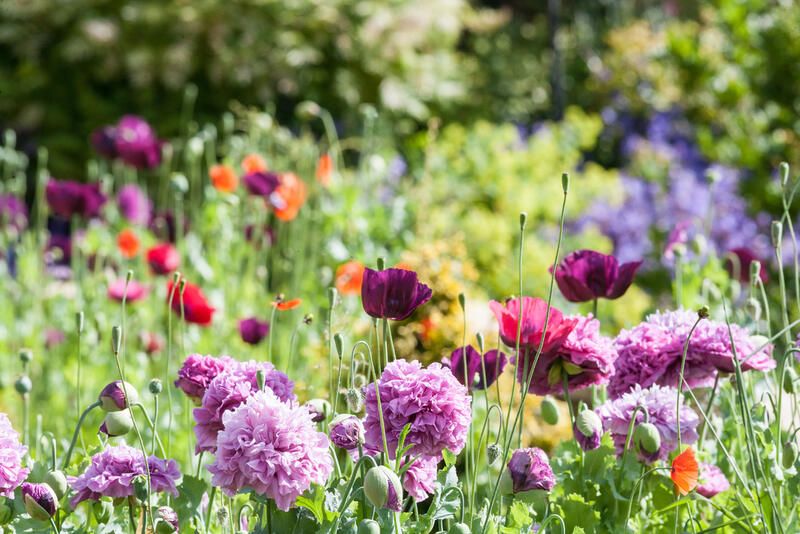
The outdoor settings of period dramas are chosen carefully to send serenity, give the characters more depth, and get the viewer connected with the scenes.


If you're like me, you've looked at a garden in a period drama at some point and thought "I'd love to have my own".
If you're daunted by the idea of establishing a cottage garden, you're in luck because in this post we'll cover everything you need to know about the English cottage garden, as well as some great ideas to inspire you to plan your own.
What Are Cottage Gardens?
A cottage garden style is a traditional domestic design approach characterized by informality and the use of traditional garden elements.
This garden style typically has a lush look as it employs dense plantings of both ornamental and culinary nature.
Cottage garden designs are known for their free-flowing nature, so you can personalize them by either adhering to specific flows and color themes or doing the exact opposite by embracing irregularity and blurred lines.
Here's Why They're Great
With a traditional cottage garden, there are no patterns or hard rules to follow that would otherwise disturb the flow of your design, which gives you the chance to experiment with your space if you're new to gardening.
Informal gardens give you more creative freedom in designing your space even with minimum horticultural knowledge.
Aside from their beautiful aesthetic and maintenance-friendly nature, cottage gardens are also extremely sustainable and environmentally friendly.
They primarily use edible, native, and pollinator-attracting plants, making them beneficial to the ecosystem and pollinators.
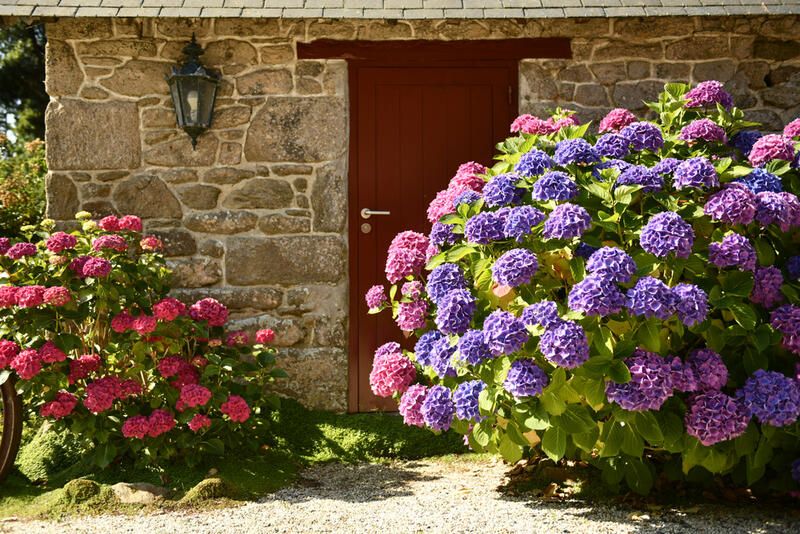
The History of The English Cottage Garden
The English cottage garden originated in England centuries ago as the work of farmers and agricultural workers who planted to provide food and medicine for their families.
Many of these workers moved from the countryside to different cities during the Industrial Revolution, which later affected the style of city gardens as they were heavily influenced by the cottage garden style of the countryside.
As the city's different lifestyles eliminated the need for a productive garden, this influence was primarily concerned with the design aesthetic of the cottage garden rather than its functional value resulting in today's modern cottage gardens that we know.
How to Create A Cottage Garden
We briefly mentioned how cottage gardens are mainly characterized by mirroring nature in its wildness and randomness.
They tend to look completely spontaneous, unplanned, and grown in natural conditions rather than with design or human assistance.
While there are no rules of thumb, we have compiled a list of useful tips to help you achieve the wild garden look.
Plant In Clusters
Instead of planting individually, group plants and flowers with similar growing characteristics and upkeep needs together to make plant care easier and achieve a wild, natural look.
Plant a few Many Plants
Planting different species in clumps will give your plants more protection against pests and prevent unneeded weed growth.
Going for various edible and ornamental plants will make it easier to mimic the density and diversity found in nature.
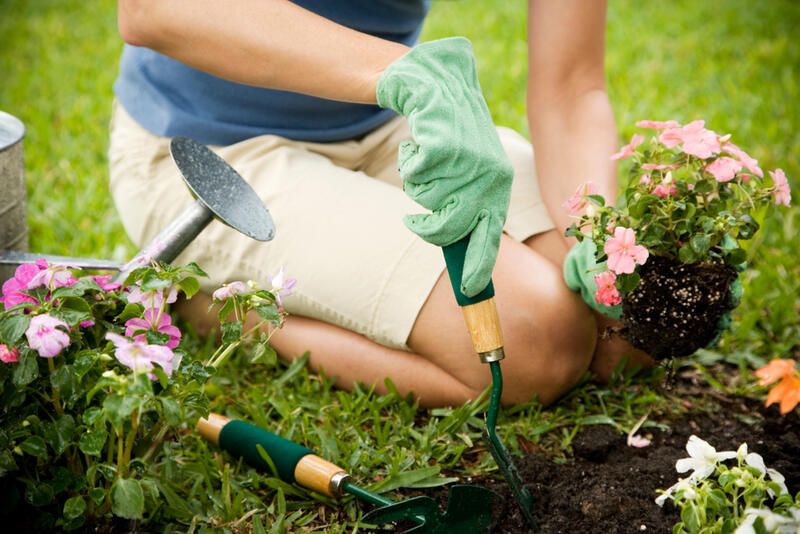
Mix Different Colors and Textures
The lush, billowy effect is a great marker of the cottage garden style.
This look can be achieved by planting a variety of textures, from ornamental grasses and shrubs to flowering perennials and fruit trees, and employing a large palette of vibrant colors.
Embrace A Wild Look
Don't conform to any shapes or boundaries.
When designing a cottage garden, it's best to embrace irregularity and blur the lines between various textures so that the yard flows naturally from one area to the next.
Go For A Variety of Flowers
Flowers are the soul of a classic cottage garden, they're majorly responsible for the romantic feel and color diversity of this style.
When it comes to flowering plants, we advise you not to hold back! Plant different flowers throughout your garden, and choose plants that bloom at various seasons to keep your garden looking beautiful all year.
Have Fun Establishing Your Garden!
Gardens take years to establish, so keep adding to and experimenting with your space while you wait.
If you're working on a tight budget, this approach will make the process more enjoyable and the outcome more fruitful.
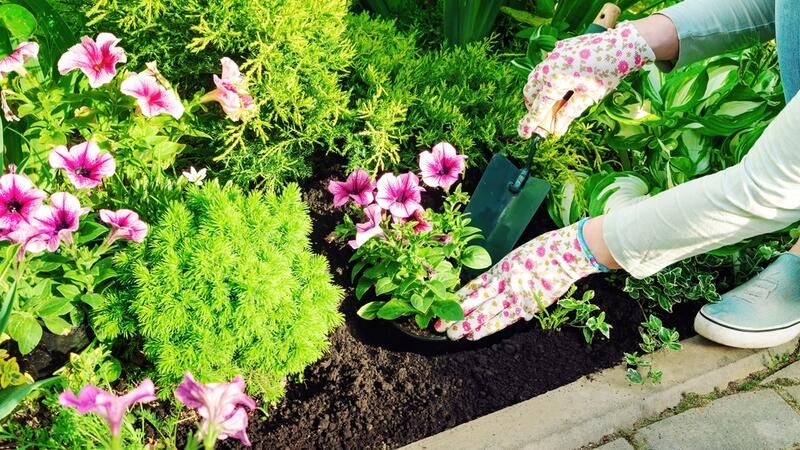
Cottage Garden Plants
While you have a lot of leeway in selecting plants for a cottage garden, the choices you make should complement the theme to avoid changing the overall atmosphere.
Cottage garden plants must have lush foliage and vibrant flowers all year round.
Here's a list of flowering plants that would look great in a cottage garden.
1. Dianthus (Dianthus spp.)
You might know them as "garden pinks" Dianthus is an informal garden classic.
These plants will be quick to fill up your garden due to their fast-growing nature and probability of growing in double blooms.
Dianthus is best grown in zones 3-9 in early spring after the snow has melted.
2. Hollyhock (Alcea Rosea)
Alcea Rosea is the most cultivated species of Hollyhock, they grow up to 7 ft tall which makes them ideal to plant against fences or in the back of garden beds for a textured look.
Alcea Rosea plants bloom all through summer in zones 2 to 10.
3. Delphinium (Delphinium elatum)
These tall and gorgeous flowering perennials will add beautiful blue and purple hues to your garden and entice hummingbirds and butterflies!
Delphinium grows in zones 3 to 7 and blooms throughout summer.
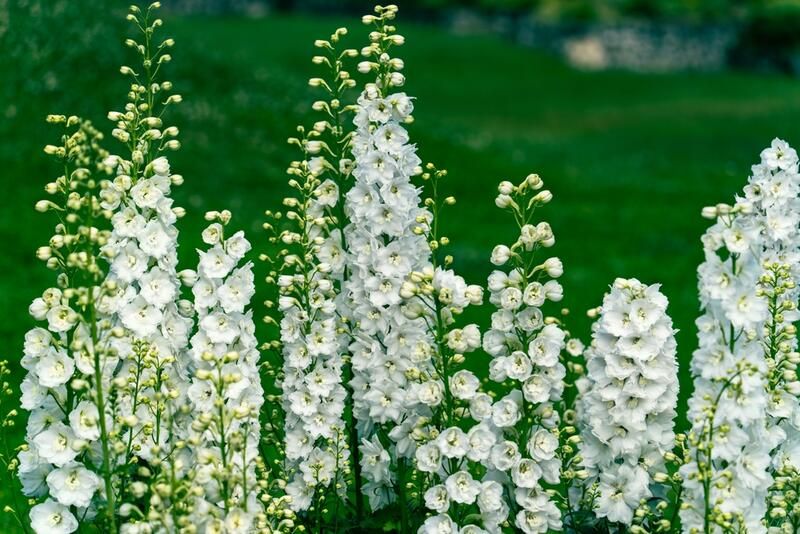
4. Rose (Rosa spp.)
A cottage garden is not complete without roses!
Rose bushes are widely used in cottage gardens due to their diverse nature, as they can be planted in bushes or trained as climbing plants.
They bloom in spring and fall in zones 2 through 11.
5. Zinnia (Zinnia elegans)
Zinnias are fast-growing, low-maintenance, and long blooming—it's a dream combination!
They will grow in zones 3 to 10 and bloom all through spring, summer, and fall.
6. Sweet peas (Lathyrus odoratus)
Sweet peas are vining annuals with gorgeous fragrant and bicolored blooms.
They're best used over a trellis, pergola, or other garden structures for an ornamental effect.
They bloom in the fall and generally do well in zones 3 to 8.
7. Shasta Daisy (Leucanthemum x superbum)
Once established, shasta daisy plants are quite resilient and won't need much care.
The long-lasting white blooms aren't just appealing to human visitors; be prepared to welcome pollinators as well.
They bloom through spring and summer in zones 5 to 9.
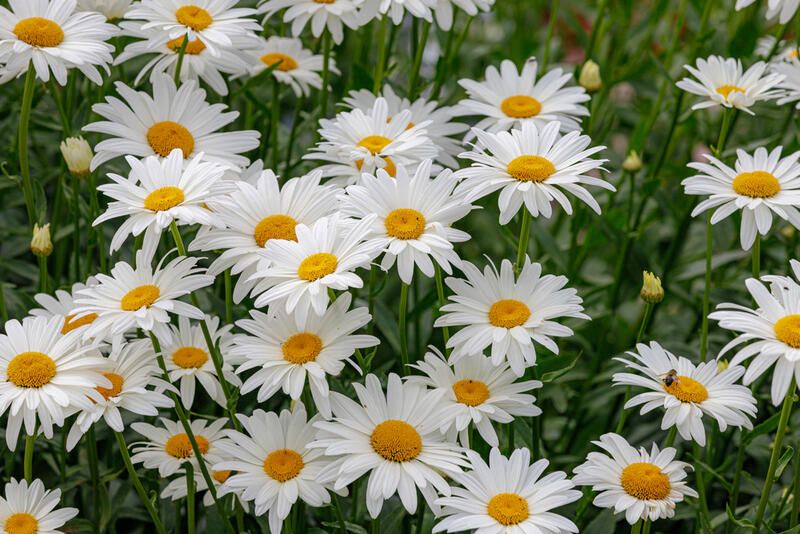
8. Dahlia (Dahlia spp.)
Dahlias are available in a huge variety with different colored and shaped blooms.
They grow in zones 8 to 11 and can be grown as annuals in zones below 8.
9. Wisteria (Wisteria floribunda)
Japanese wisteria will add a beautiful pop and a nice fragrant breeze to your space.
They'll bloom through fall, summer, and winter in zones 4 to 9.
10. Coneflower (Echinacea spp.)
This summer-blooming perennial is another cottage garden staple.
Their cone-shaped blooms and color variations make them an eye-catcher in any garden arrangement.
Coneflowers are great for the back and middle section of a cottage garden as they grow up to 5 feet in height in zones 3 to 9.
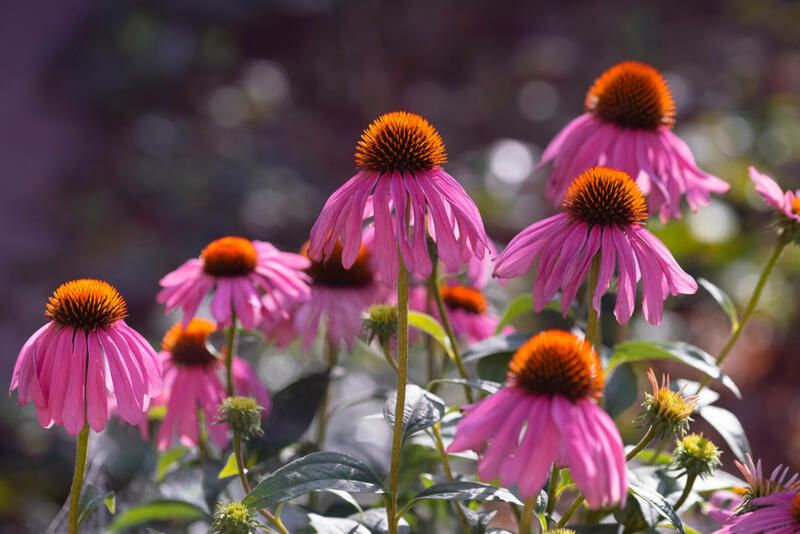
Personalizing an English Cottage Garden
. Frame The Base Of Your Trees
Lay shade blooms, bulbs, or ornamental grasses at the base of your trees to give them more character and visual vibrancy.
. Add an Arch or an Arbor
Planting vertically will instantly give your garden a lush appearance.
Use arbors and pergolas strategically to give climbers a growing medium and draw attention to particular areas.
A pergola or an arch with dense vines over a main walkway or an entryway will provide a dramatic effect that will make these spaces hard to miss.
. Create A Wildflower Meadow
Wildflower meadows look like they were created by mother nature without human assistance; this makes them ideal for natural and informal gardens.
If you don't want to make a flower meadow the focal feature, sow wildflower seeds in remote sections or areas you don't come out to maintain in your garden.
Wildflowers will make excellent fillers and significantly enhance the natural feel of your space.
. Make A Secret Garden Getaway
The dense nature of cottage gardens provides you with an excellent opportunity to create a personal space away from all the fuss.
For the best effect, pick your favorite spot, preferably beneath a tree or an arbor with climbers, and set up a bench or cozy seat with a few potted plants around.
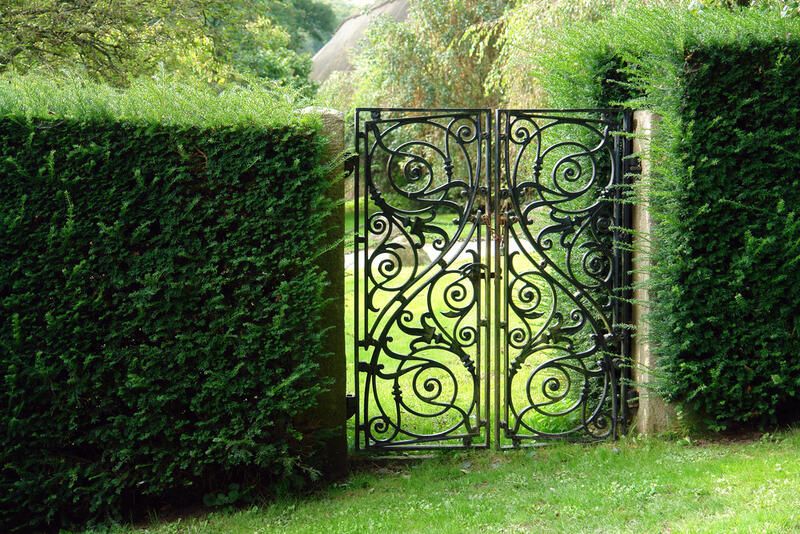
Create Your Personal Cottage Garden
Our professional landscaping design service offers detailed plans to assist you in creating the ideal outdoor space for your home.
We provide personalized designs that are tailored to your specific needs so that you can enjoy a unique and personal cottage garden that reflects your style and personality.
Get started today and take the first steps toward the garden of your dreams!
Visit shrubhub.com


